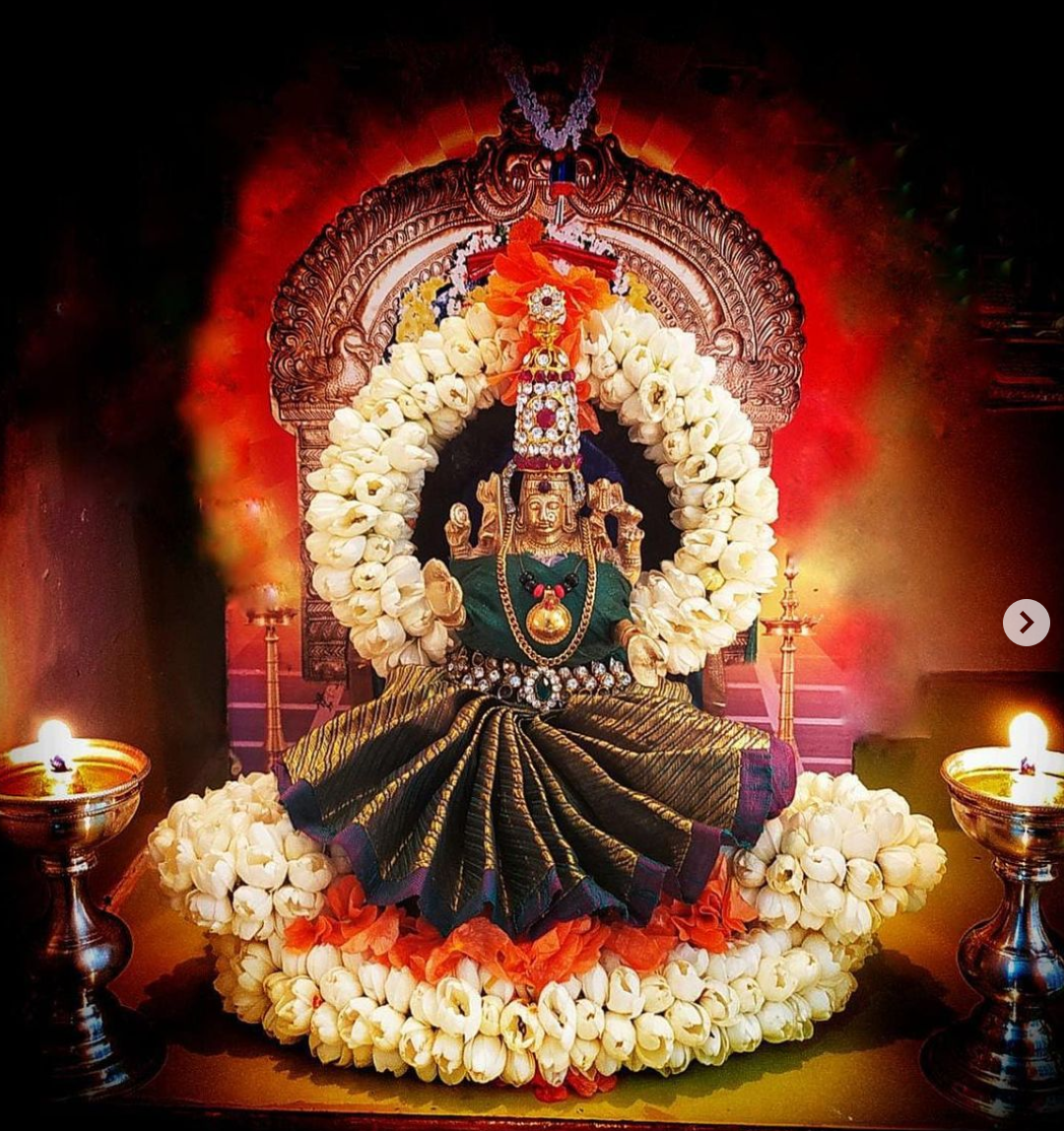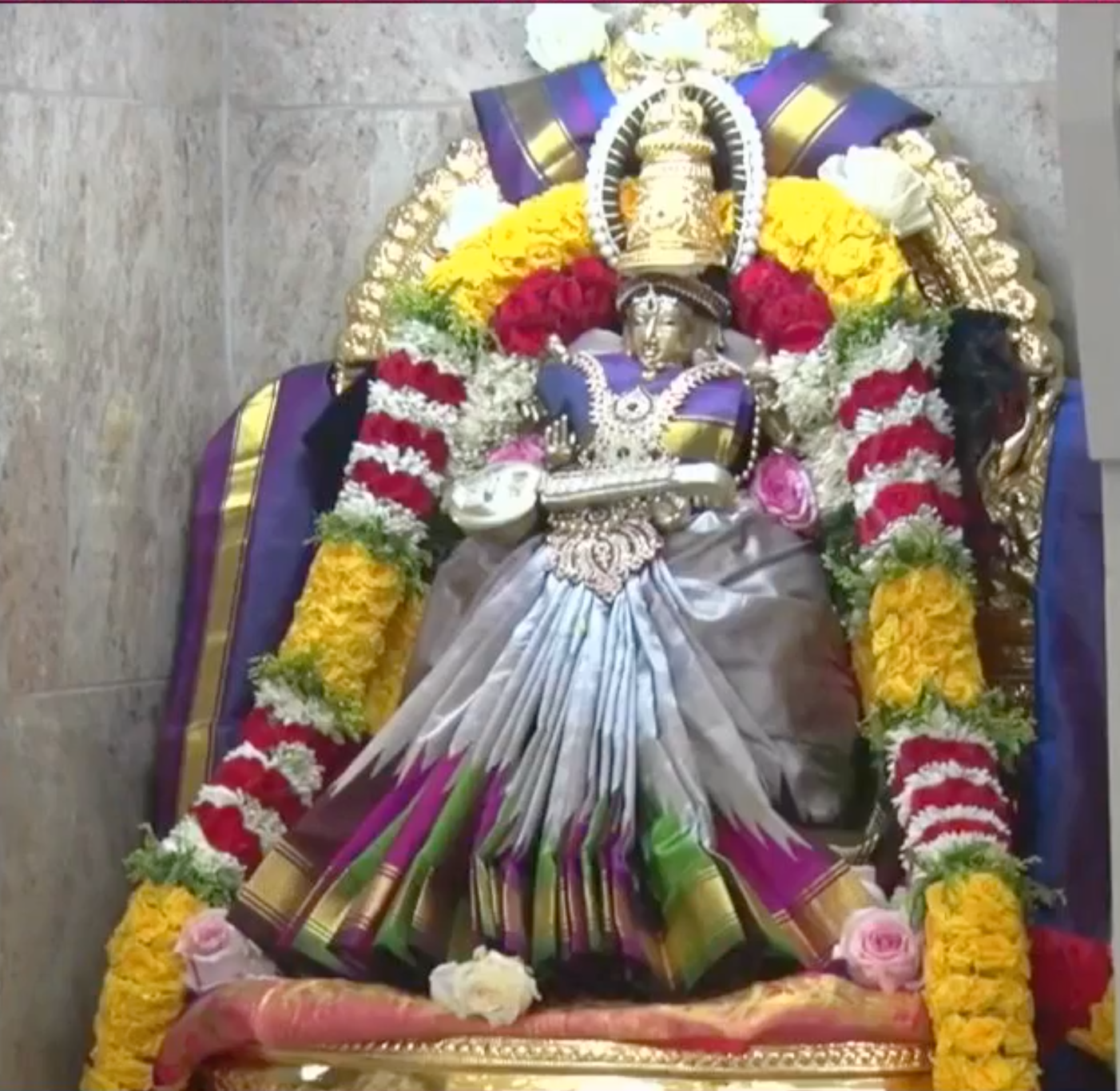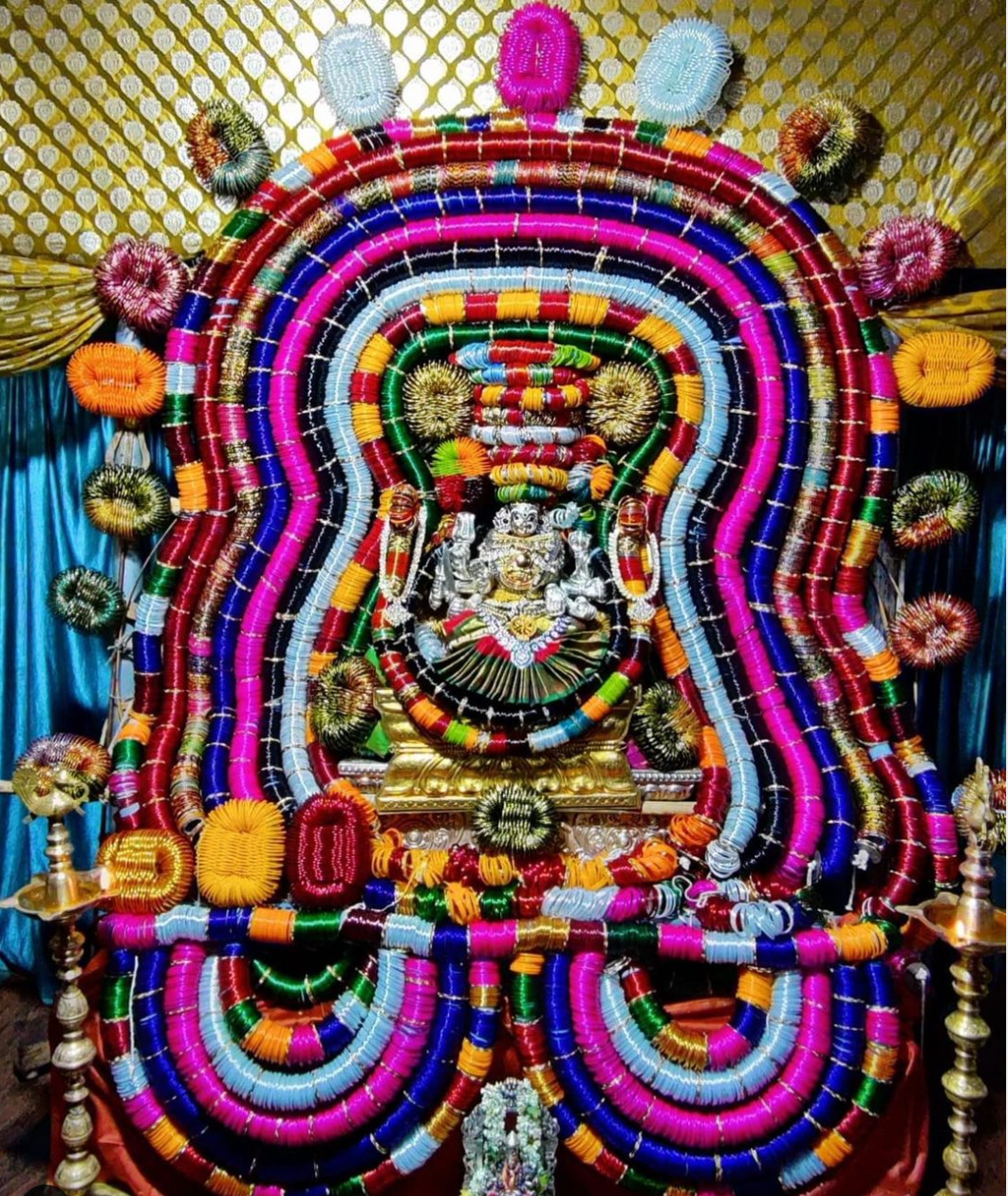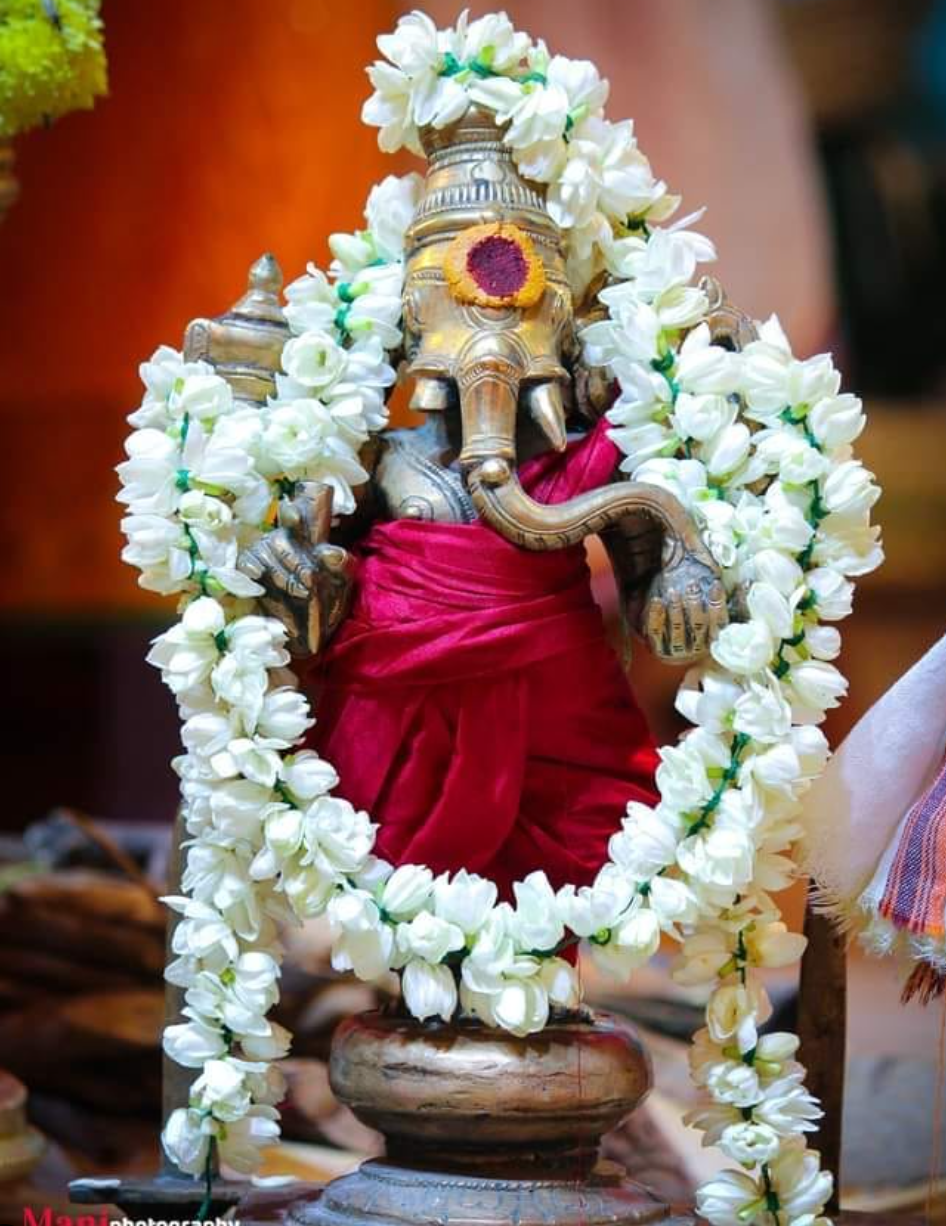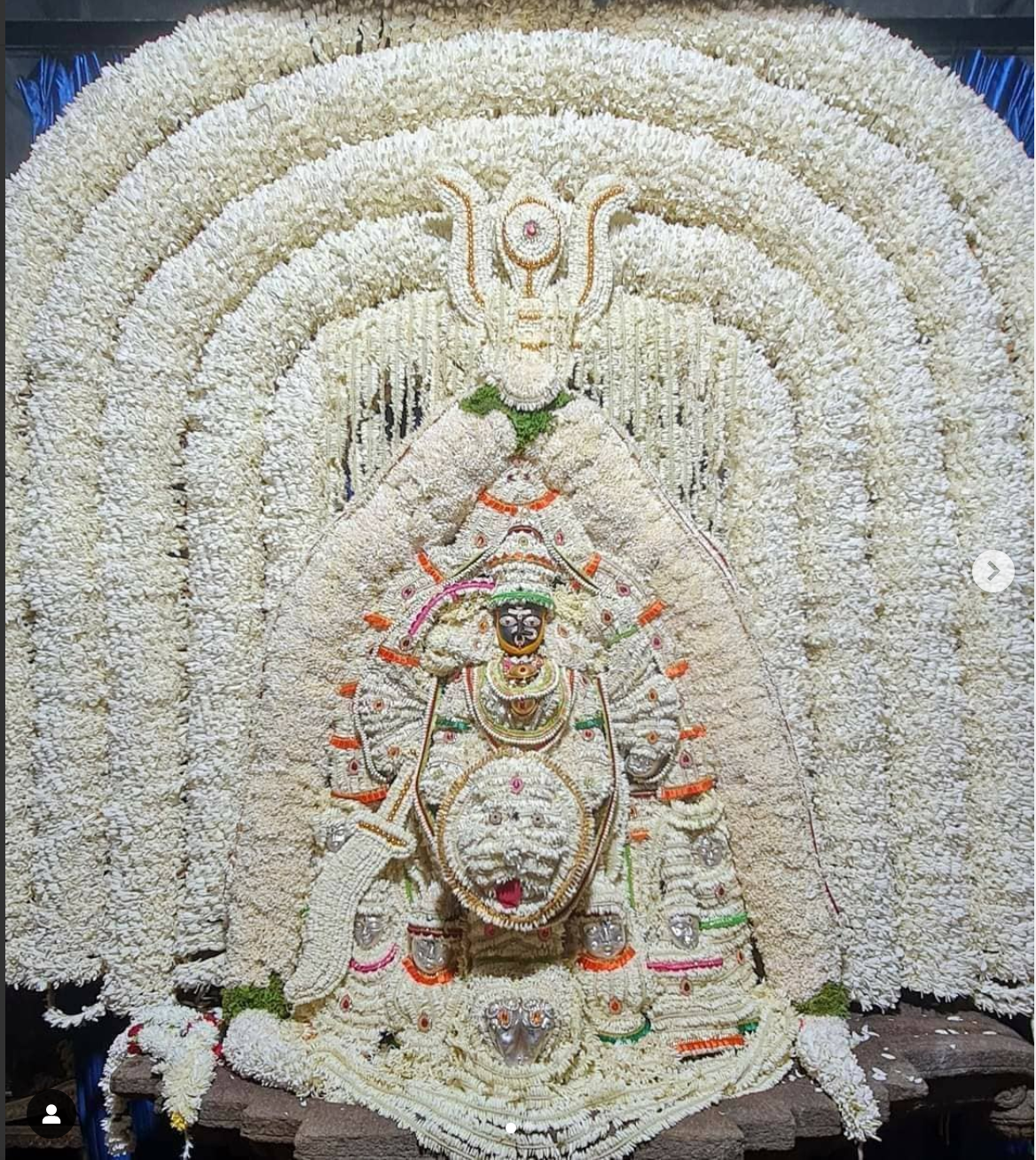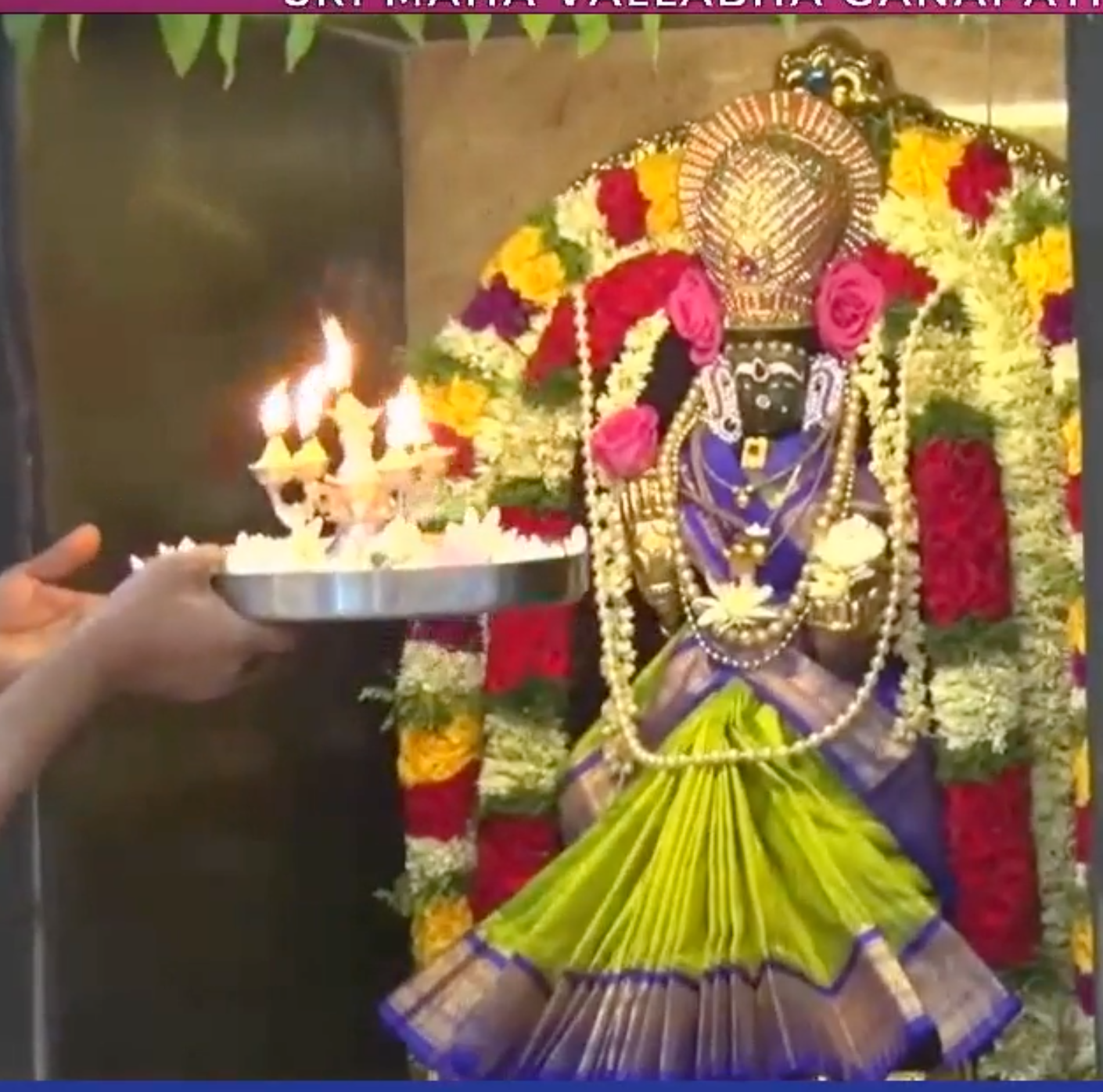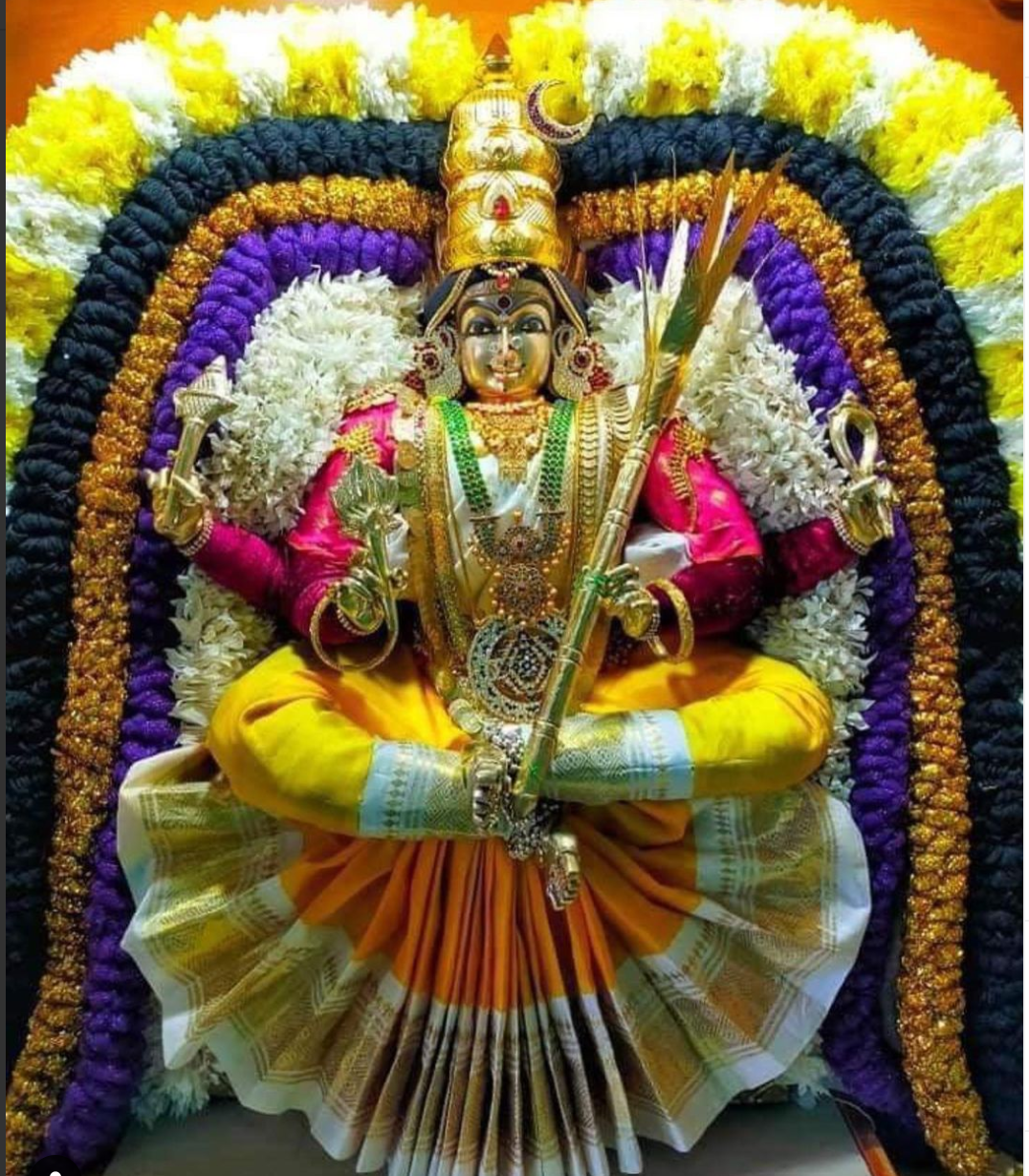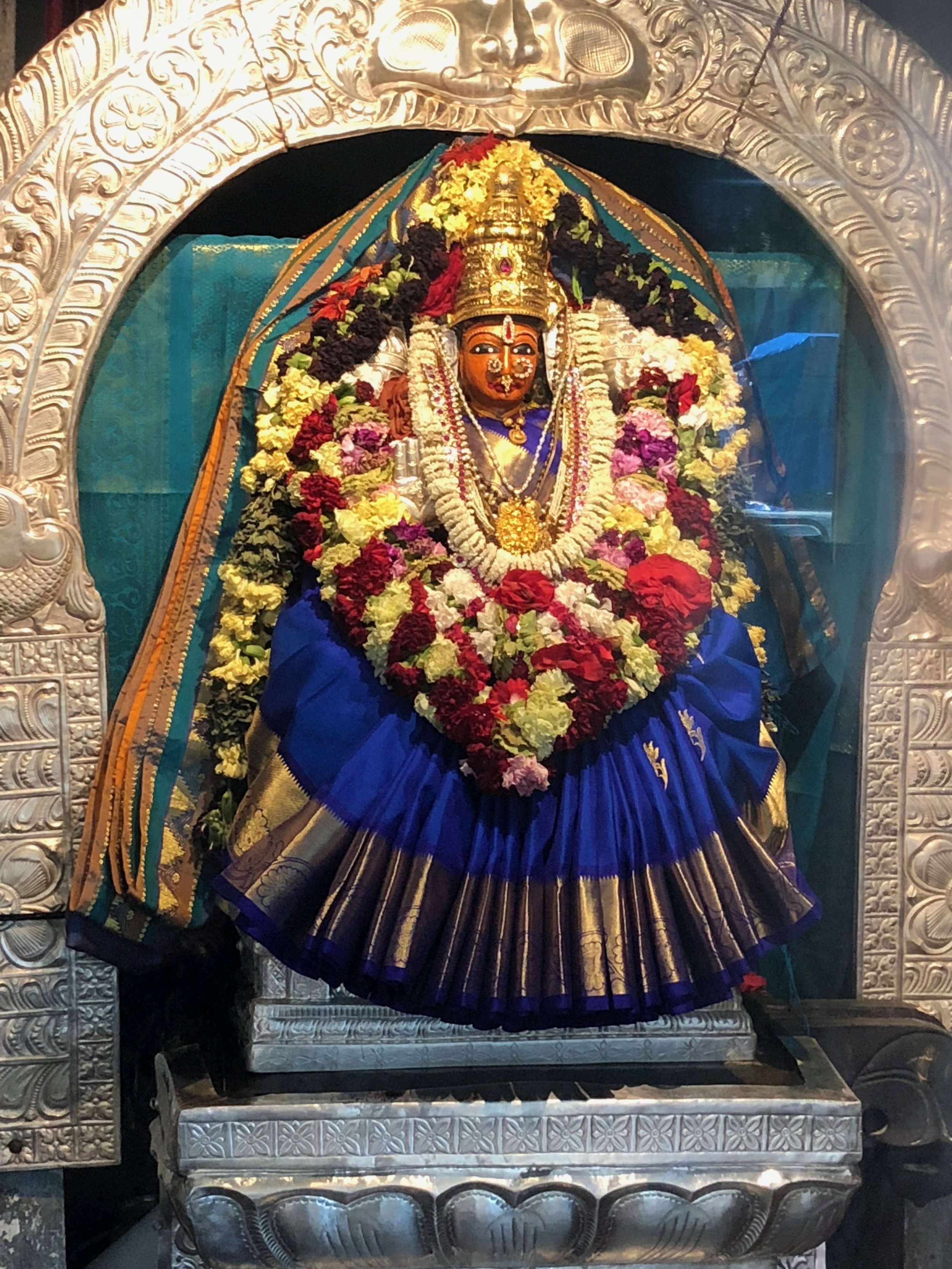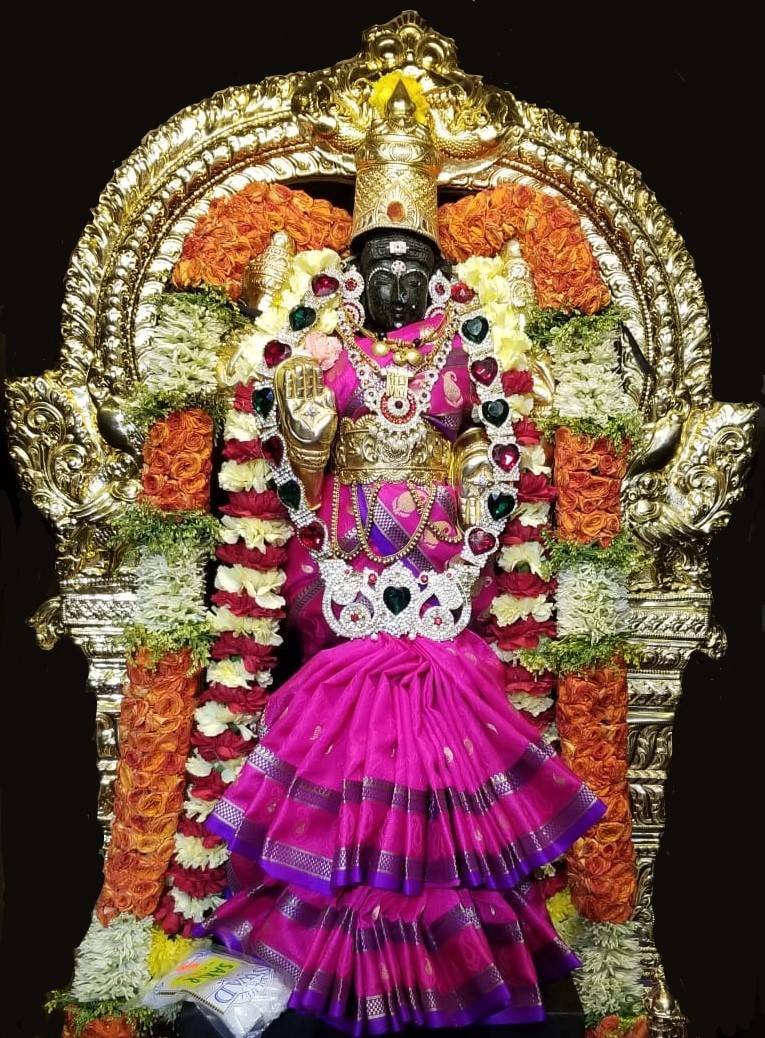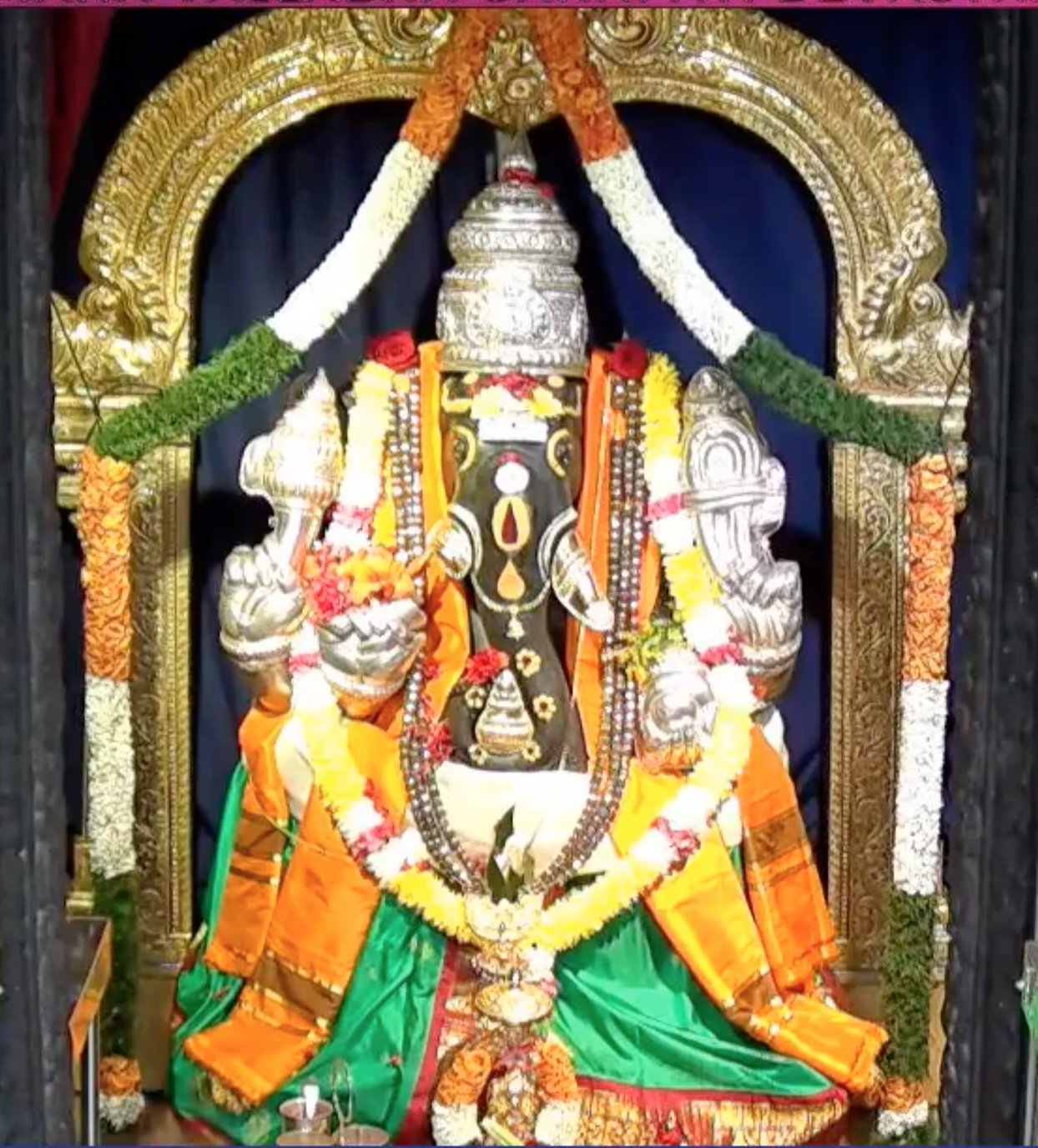Fashions of the Deities
Alankaram means “adornments” or “to adorn” in Sanskrit. My father built 3 Hindu Temples in the USA, including the very first temple in the USA, the Ganesha Temple in Flushing Queens NYC (that I’ve been attending since I moved to NYC) https://nyganeshtemple.org/
I was born and raised in Fremont, CA attending the Shiva Vishnu Temple in Livermore, CA https://livermoretemple.org/
For me, the “fashions of the deities” has always inspired me. I eagerly await for the sanctum doors to open to see what kind of magic/colorful/fantastic flower arrangement/ outfit the priests have done for the deity.
As a child attending the temple, I was fascinated with how much effort goes into making a flower garland, ironing saris/veshtis (male garments), and then arranging all of these elements to put on such a magical beautiful visual display. I loved seeing the folds of the sari and seeing what new and unique way the priest would have draped the deity in! Seeing the vivid colors and ornate patterns of the garments brought me so much happiness.
I've always admired how much effort, thinking, planning, it takes to dress a deity, it's almost like a runway production after every puja!
My heart would leap in joy every time the doors would open and I could see the deities!!
This naturally made me want to study fashion design and art in general! Much to the disappointment of my “traditional” Indian parents who thought I would study medicine, finance, or law (what is usually expected in the Indian American community)
But Alankaram isn’t a “superficial” display of gorgeous garments, flowers, and jewelry. There is a deep spiritual meaning behind everything in Hinduism. South Asia and what is now called India was once an extremely wealthy and agriculturally rich landmass. Back in the day folks would express gratitude to the divine by offering flowers, gold, garments, food, etc. This practice has continued for many generations. South India was never invaded, was not influenced by other cultures like the North (Islamic rule, Huns, Greeks, etc.) their form of “Hinduism” remained very ritualistic. The weather is warmer so many plants, vegetation, and flowers bloom. In Hinduism, a flower is the purest/highest form of devotion one can offer and represents unconditional love. Notice how most flower garlands flowers face up, to cradle the divine’s face. (ALL PHOTOS BELOW ARE FROM VARIOUS SOUTH INDIAN TEMPLES)
Hinduism gives full freedom to the devotee to visualize the divine in the way they choose: An all mighty mother (forms of Devi, Parvati, etc.), all-mighty father (Shiva, Vishnu, etc.), child (Ganesha, Muruga), friend, sister, brother, bridegroom, etc.! Hindus are NOT IDOL WORSHIPPERS. In fact, the word “IDOL” should be removed from the vocabulary when it comes to Hinduism. The word “Idol” has negative connotations. The correct term is MURTI or symbolic form. A murti itself is not a god in Hinduism, but it is a shape, embodiment, or manifestation of a deity. The significance of ritual prayer is the devotee imagines the divine sitting right in front of them! We welcome them to space, wash their feet, hands, offer them water, food, flowers, fan them, anything you would an exalted king/queen. Remember back in the day South Asia (birthplace of Hinduism) was extremely wealthy/agriculturally rich, folks started ritualistic practices as a way of expressing gratitude.
My favorite word in Sanskrit (when performing a puja) is AVAHAYAMI- (it's difficult to translate Sanskrit words to English, but it means come forth, come forth (filled with emotion/devotion). Hindus invite the divine to inhabit the Murti in front of them. It is easier to love/adore/have ultimate faith in the divine when there is something in front of you to visualize. For the one you love with all your heart, who’s seated right in front of you, wouldn’t you offer beautiful garments and jewelry? Flowers, colors, different shapes/sizes/ arrangements/ visual hierarchy, truly is a delight/joy to see South Indian Temples and their alankarams!

